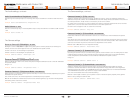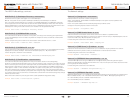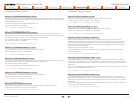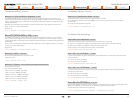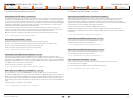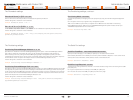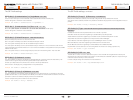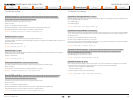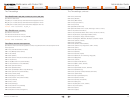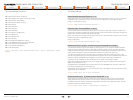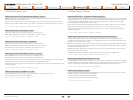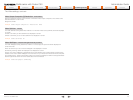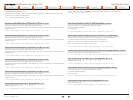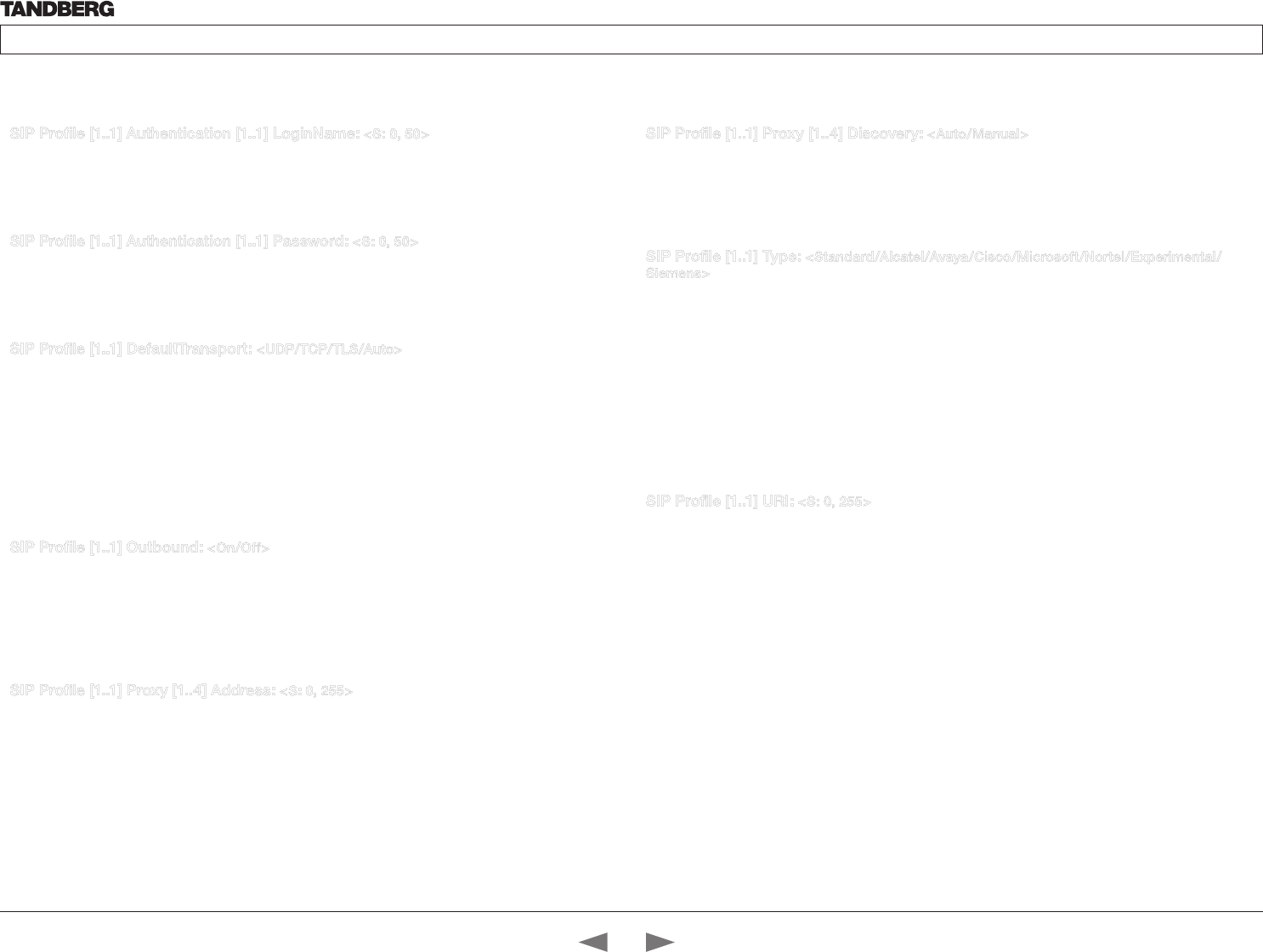
D14324.04—DECEMBER 2009
38
Profile series with Codec C60
Administrator Guide
Contents Introduction Getting started About the menus The settings menu Settings Library Cameras Appendices Contact us
SIP Profile [1..1] Proxy [1..4] Discovery: <Auto/Manual>
Manual: When Manual is selected, the manually configured SIP Proxy address will be used
Auto: When Auto is selected, the SIP Proxy address is obtained using Dynamic Host Configuration Protocol
(DHCP).
Example: SIP Profile 1 Proxy 1 Discovery: Manual
SIP Profile [1..1] Type: <Standard/Alcatel/Avaya/Cisco/Microsoft/Nortel/Experimental/
Siemens>
Enables SIP extensions and special behaviour for a vendor or provider
Standard: Should be used when registering to standard SIP proxy like OpenSer.
Alcatel: Must be used when registering to a Alcatel-Lucent OmniPCX Enterprise R7 or later.
Avaya: Must be used when registered to a Avaya Communication Manager.
Cisco: Must be used when registering to a Cisco CallManager version 5 or later.
Microsoft: Must be used when registering to a Microsoft LCS or OCS server.
Nortel: Must be used when registering to a Nortel MCS 5100 or MCS 5200 PBX.
Experimental: Can be used if auto is not working Note! This mode is for testing purposes only.
Example: SIP Profile 1 Type: Standard
SIP Profile [1..1] URI: <S: 0, 255>
The SIP URI or number is used to address the system. This is the URI that is registered and used by the
SIP services to route inbound calls to the system. A Uniform Resource Identifier (URI) is a compact string of
characters used to identify or name a resource.
Format: Compact string with a maximum of 255 characters.
Example: SIP Profile 1 URI: “sip:name@example.com”
SIP Profile [1..1] Authentication [1..1] LoginName: <S: 0, 50>
This is the user name part of the credentials used to authenticate towards the SIP proxy.
Format: String with a maximum of 50 characters.
Example: SIP Profile 1 Authentication 1 LoginName: “”
SIP Profile [1..1] Authentication [1..1] Password: <S: 0, 50>
This is the password part of the credentials used to authenticate towards the SIP proxy.
Format: String with a maximum of 50 characters.
Example: SIP Profile 1 Authentication 1 Password:
SIP Profile [1..1] DefaultTransport: <UDP/TCP/TLS/Auto>
Select the transport protocol to be used over the LAN.
UDP: The system will always use UDP as the default transport method.
TCP: The system will always use TCP as the default transport method.
TLS: The system will always use TLS as the default transport method. For TLS connections a SIP CA-list
can be uploaded using the web interface. If no such CA-list is available on the system then anonymous Diffie
Hellman will be used.
Auto: The system will try to connect using transport protocols in the following order: TLS, TCP, UDP.
Example: SIP Profile 1 DefaultTransport: Auto
SIP Profile [1..1] Outbound: <On/Off>
The client initiated connections mechanism for firewall traversal, connection reuse and redundancy. The
current version supports http://tools.ietf.org/html/draft-ietf-sip-outbound-20.
On: Set up multiple outbound connections to servers in the Proxy Address list.
Off: Connect to the single proxy configured first in Proxy Address list.
Example: SIP Profile 1 Outbound: Off
SIP Profile [1..1] Proxy [1..4] Address: <S: 0, 255>
The Proxy Address is the manually configured address for the outbound proxy. It is possible to use a fully
qualified domain name, or an IP address. The default port is 5060 for TCP and UDP but another one can be
provided. If Outbound is enabled, multiple proxies can be addressed.
Format: Compact string with a maximum of 255 characters.
Example: SIP Profile 1 Proxy 1 Address: “”
The SIP Profile settings The SIP Profile settings, continued...
Contents
Introduction
Getting started
About the menus
The Settings menu
The Settings library
Cameras
Appendices
Contact us
The Settings library



